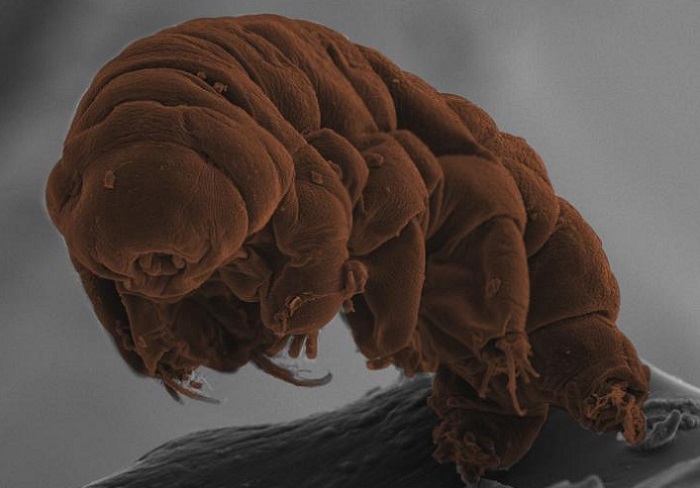Podcast: Play in new window

BOB HIRSHON (host):
The survival secrets of water bears. I’m Bob Hirshon and this is Science Update.
Tardigrades, also known as water bears, are tiny, plump eight-legged animals, barely visible to the naked eye.
MARK BLAXTER (University of Edinburgh):
And you can find them everywhere, and they are just beautiful little beasties.
HIRSHON:
That’s University of Edinburgh evolutionary biologist and tardigrade fan Mark Blaxter. In the journal PLOS Biology, he and his colleagues compared the DNA of two types of tardigrades, partly to learn how they perform their most famous trick: going into a dehydrated, dormant state in which they can survive a 500-degree temperature range, and normally lethal levels of radiation.
BLAXTER:
So we’re really interested in how these two animals differed in how they survived, or responded, to drying out.
HIRSHON:
He says tardigrades produce proteins that coat and protect their cells, and that could have important medical uses. I’m Bob Hirshon, for AAAS, the science society.
Story by Bob Hirshon
